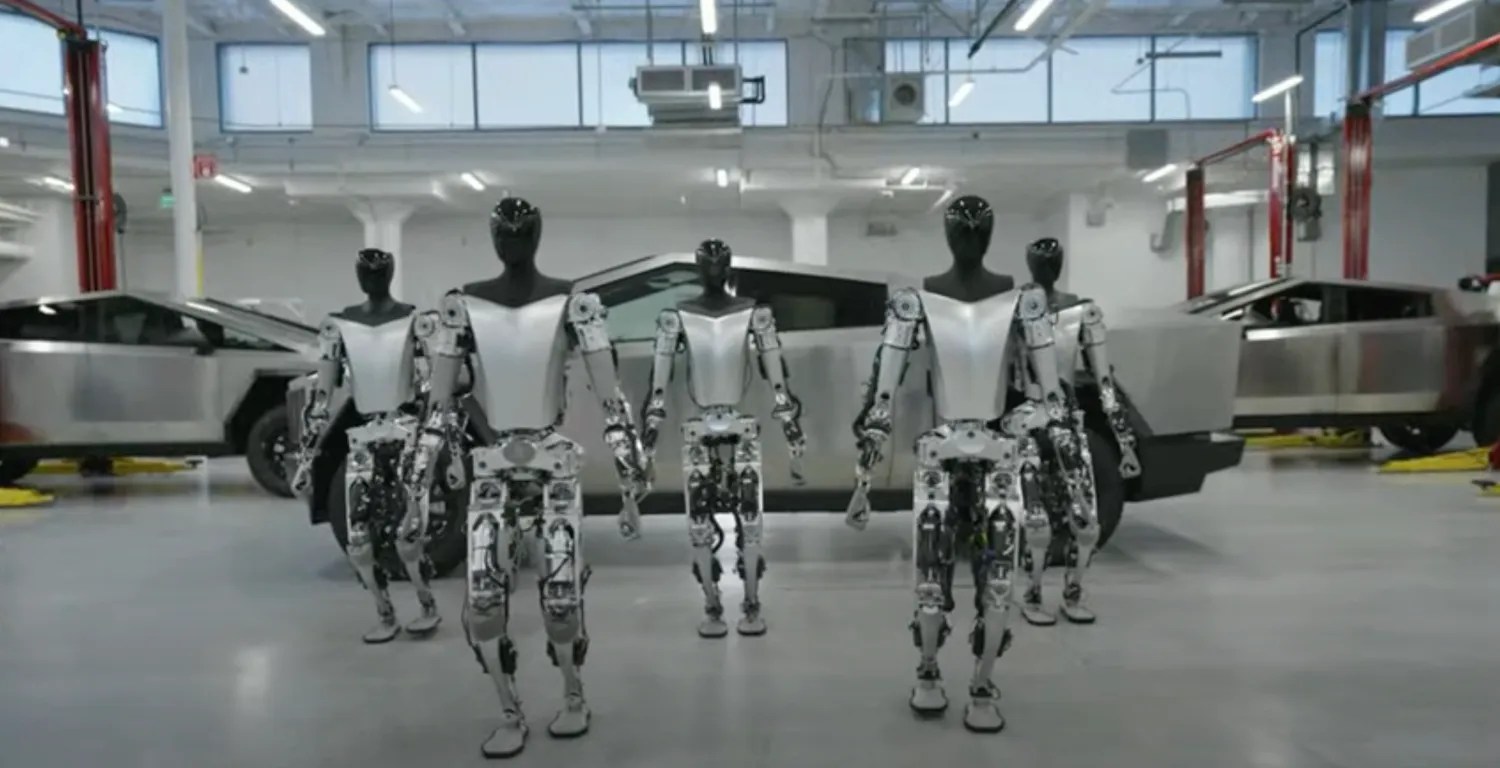In a surprising turn of events, Tesla Optimus is in shambles following the sudden exit of the head of the program and subsequent delays in production. Tesla’s ambitious humanoid robot project, once hailed as a technological marvel destined to reshape the future of robotics, now finds itself at a critical crossroads.
The Dream of Tesla Optimus Faces Harsh Reality
The Tesla Optimus project was unveiled with much fanfare by CEO Elon Musk in 2021. Marketed as the next evolution in human assistive technology, Optimus, often referred to as the “Tesla Bot” was envisioned as a humanoid robot capable of performing repetitive and dangerous tasks everything from warehouse operations to domestic chores.
Musk’s vision captured global attention. The promise? To revolutionize the labor market, reduce human workload, and, in Musk’s words, “usher in an age where physical work is a choice, not a necessity.” For a company synonymous with disruption and innovation, this seemed like a logical albeit ambitious next step.
But now, reality appears to be catching up with the hype.
Leadership Turmoil: Head of Tesla Optimus Program Resigns
Sources close to the company have confirmed that the head of the Tesla Optimus program has resigned, sparking internal uncertainty and public concern about the project’s future. While Tesla has yet to release an official statement detailing the reasons behind the departure, insiders suggest mounting technical challenges and unrealistic production timelines may have played a role.
Leadership stability is often a key driver of success for complex projects like Optimus. The sudden vacuum at the top raises serious questions. Was the timeline too aggressive? Were there unforeseen engineering hurdles? Or is the Optimus project simply a technological bridge too far even for Tesla?
Production Delays Threaten Tesla’s Robotics Timeline
Beyond leadership struggles, Tesla has quietly acknowledged that production of Optimus is delayed, pushing back its initial targets by several months, if not years. Industry analysts who were once cautiously optimistic about Tesla’s bold robotic ambitions are now recalibrating expectations.
It’s not uncommon for cutting edge robotics projects to experience delays. However, for Tesla a company already juggling challenges in autonomous driving, electric vehicle production, and AI development the setbacks to Optimus underscore the complexity of building a humanoid robot capable of performing in the real world.
Experts warn that integrating reliable AI, precision mechanics, and autonomous mobility in a human like form is one of the most daunting engineering challenges of the century.
What This Means for Tesla’s Broader Vision
The news that Tesla Optimus is in shambles doesn’t only affect the robotics division it casts a shadow over Musk’s long term vision for the company. Tesla has positioned itself as more than just an automaker; it aspires to be a leader in artificial intelligence, automation, and human robot interaction.
A delay in Optimus production and a leadership shake up represent more than temporary setbacks they threaten the narrative that Tesla can seamlessly translate its automotive and energy expertise into humanoid robotics.
Moreover, this stumble could open the door for competitors. Companies like Boston Dynamics, Figure AI, and Agility Robotics are all racing to develop their own humanoid solutions, and any sign of weakness from Tesla could shift momentum in the highly competitive space.
The Roadblocks to Tesla Optimus
Even before recent events, industry insiders pointed to several formidable obstacles that Tesla faced with Optimus:
AI and Autonomy Limitations: Creating a robot that can safely and effectively navigate human environments without constant human supervision remains a massive technical hurdle.
Mechanical Design Complexity: Humanoid robots require advanced materials, precision mechanics, and robust safety features all of which are expensive and prone to reliability issues.
Regulatory and Ethical Considerations: The deployment of human like robots raises profound questions about privacy, safety, and the potential displacement of human labor.
Market Readiness: Even if Tesla succeeds in developing Optimus, widespread public acceptance of humanoid robots is far from guaranteed.
With these challenges now compounded by internal leadership turmoil and production delays, the future of Tesla Optimus hangs in the balance.
Is This the End or Just a Hiccup?
While it’s easy to declare that Tesla Optimus is in shambles, some believe this is simply part of the rocky road that accompanies all revolutionary technologies. Musk himself has acknowledged that major breakthroughs often require patience, iteration, and the willingness to endure public scrutiny.
Still, the recent developments represent a critical moment for Tesla’s robotics ambitions. The company must act swiftly to restore confidence, restructure leadership, and communicate a realistic, transparent roadmap for Optimus.
If history is any guide, Tesla has a pattern of overcoming early stumbles be it with the Model 3, Autopilot, or their energy products. But the clock is ticking, and the world is watching.
A Defining Moment for Tesla and Robotics
The departure of the Optimus program’s head and the announcement of production delays are undeniable blows to Tesla’s robotics dream. Whether this signals a temporary detour or a more fundamental flaw in the project remains to be seen.
One thing is certain building the future isn’t easy, even for Tesla. As the dust settles, all eyes will be on Elon Musk and his team to see if they can turn the promise of Tesla Optimus from shattered ambition to technological triumph.


1 thought on “Tesla Optimus is in Shambles: Leadership Exit and Production Delays Shake Musk’s Robot Dream”